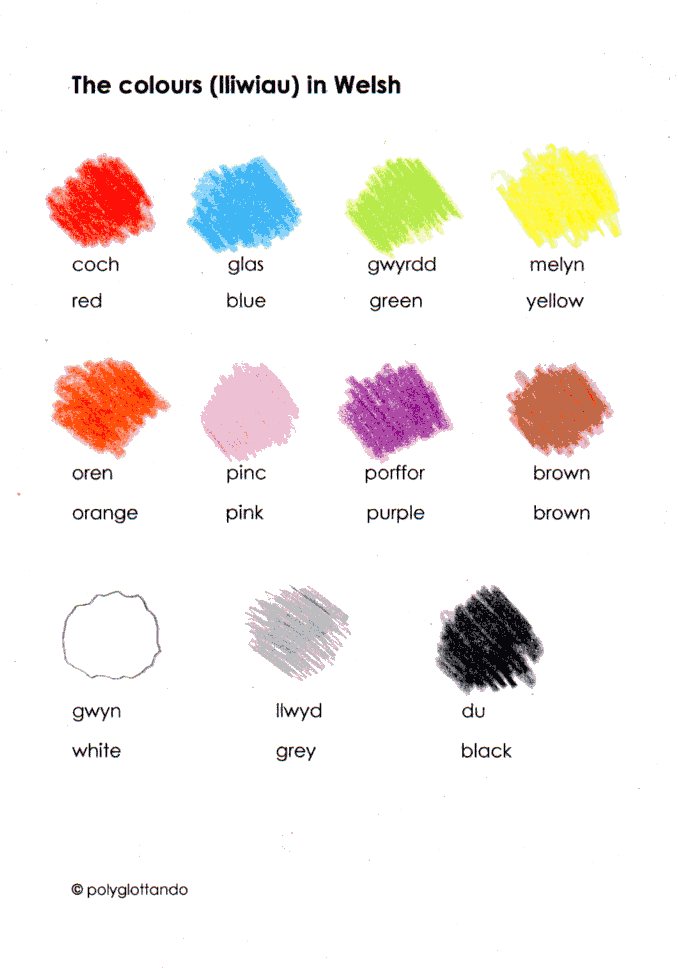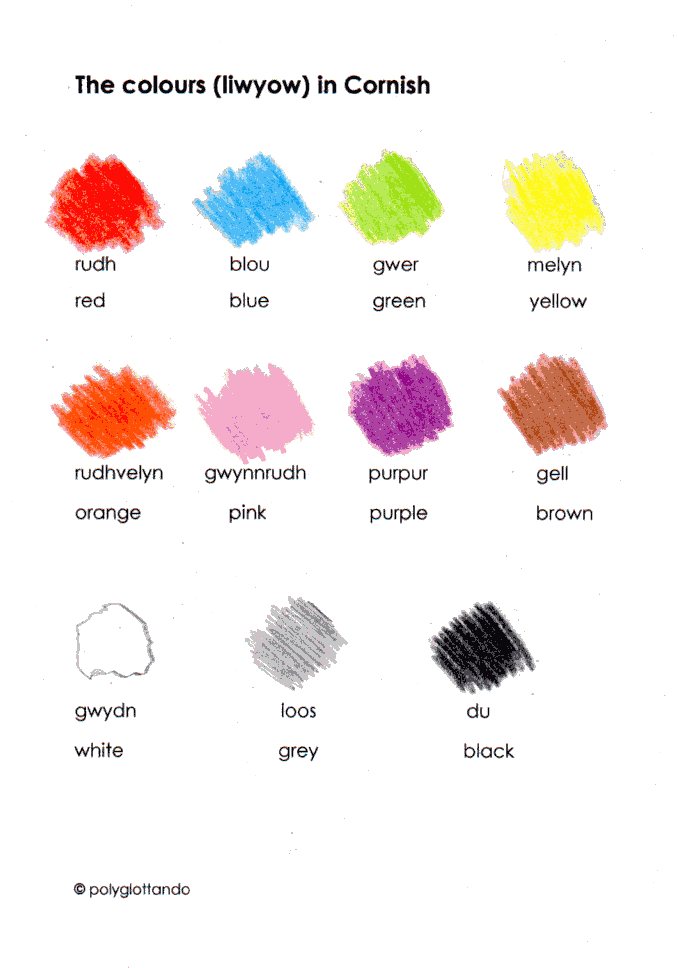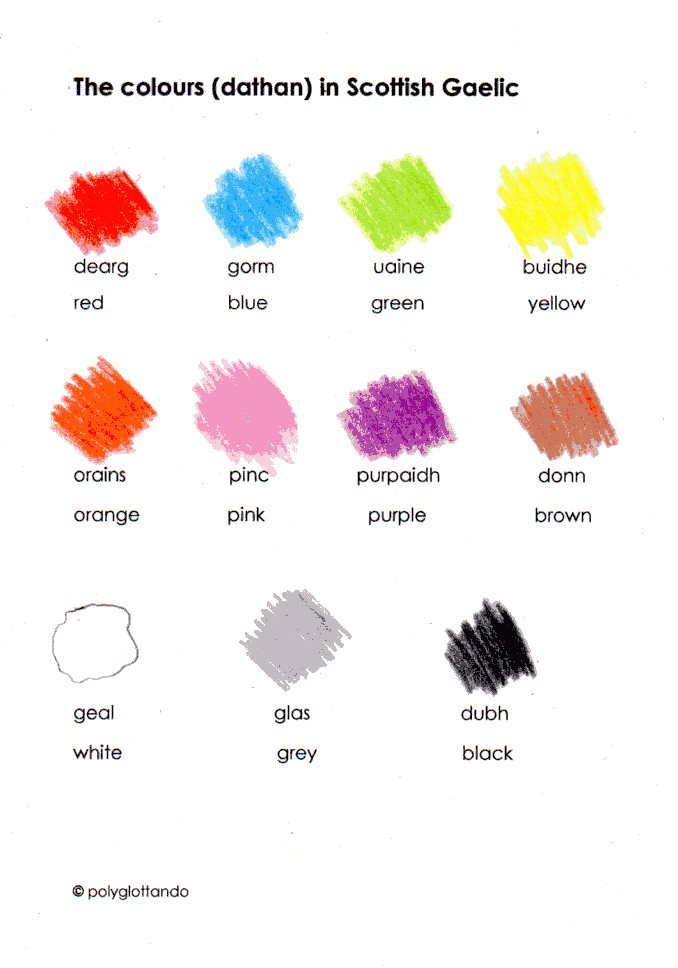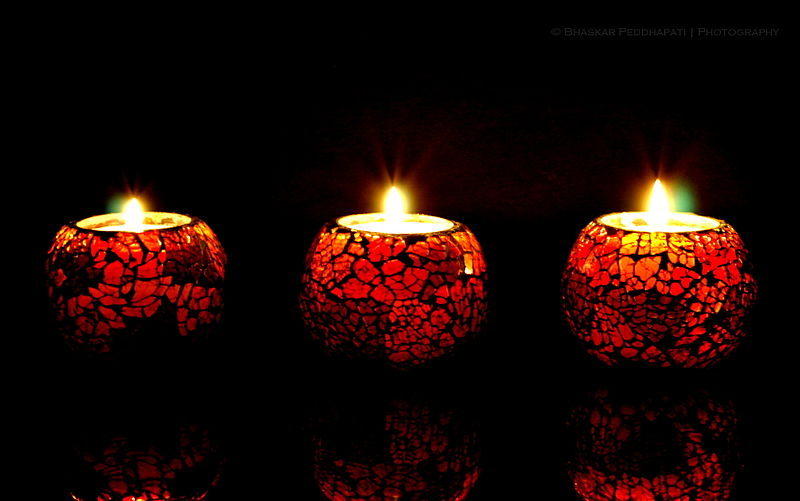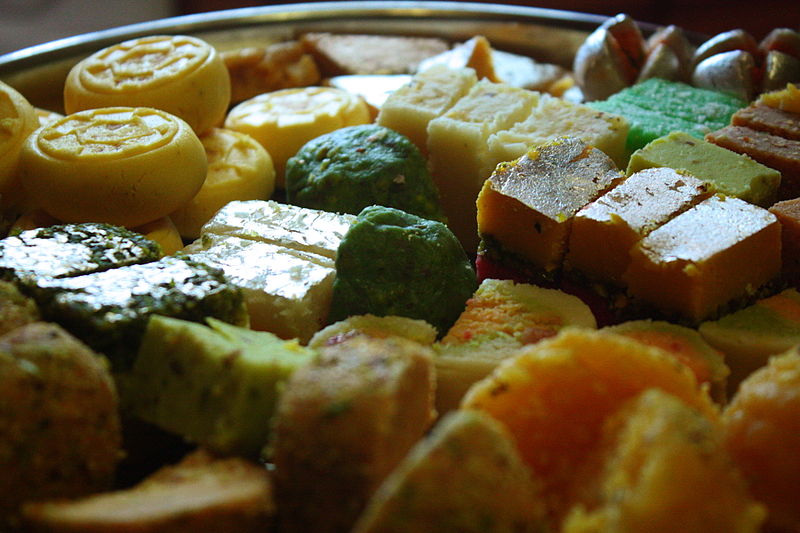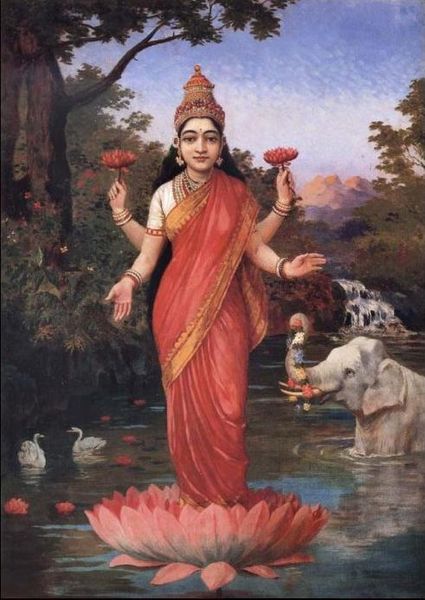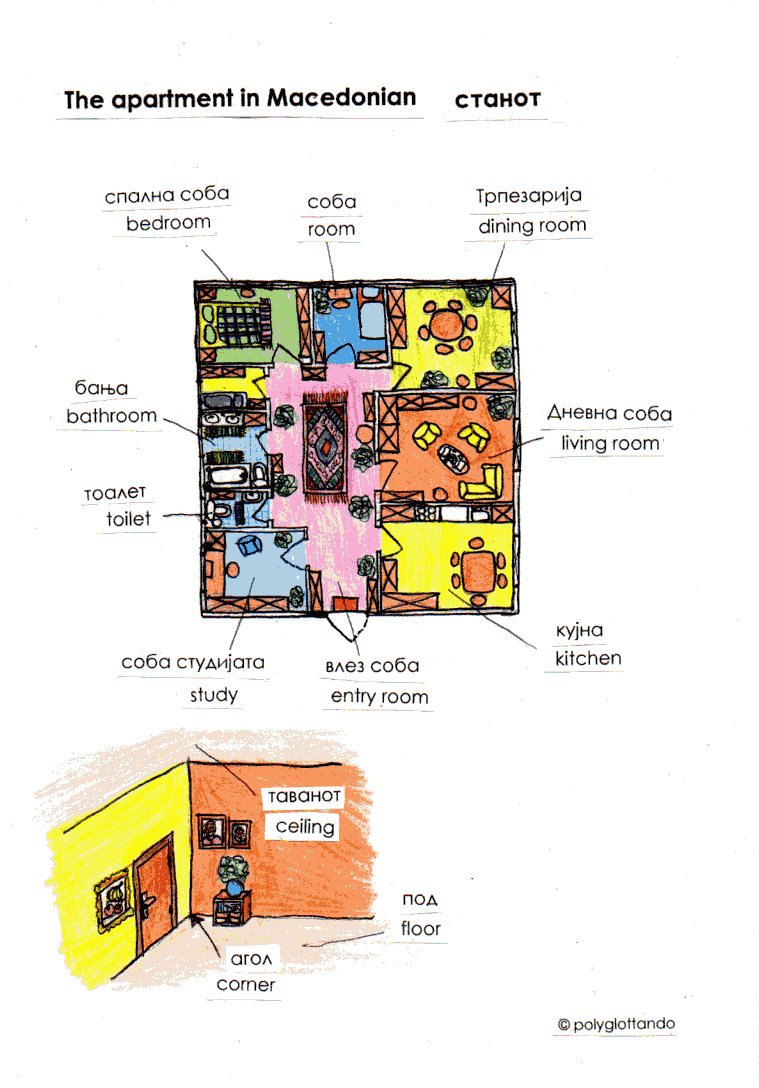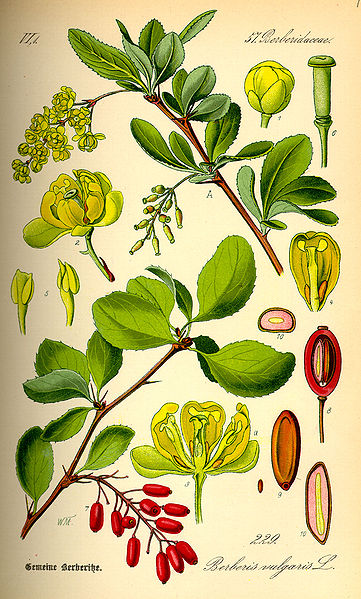Today’s blog post is keeping us in Iceland for a little while longer, and will show you the words for some fruits in Icelandic:
Focus on culture: Jól in Iceland
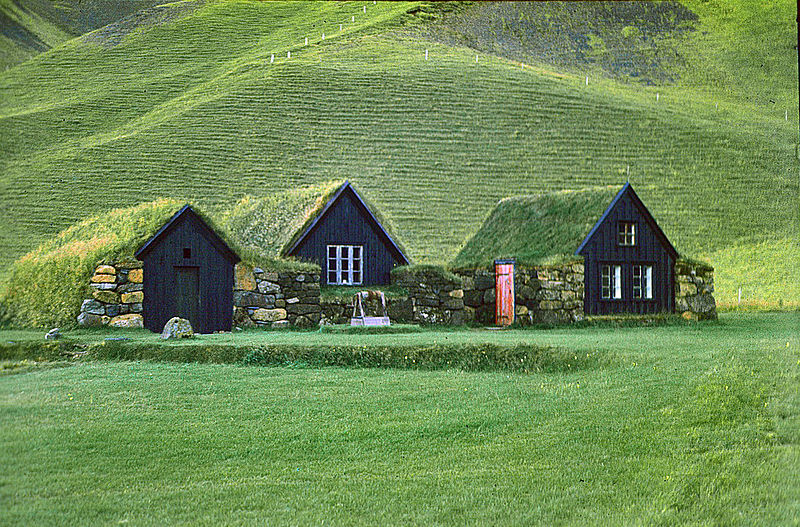 Today’s blog post will take us to Iceland and to some special Icelandic Jól (or Christmas) customs. Jól is based on the Old Norse religious festival called Yule.
Today’s blog post will take us to Iceland and to some special Icelandic Jól (or Christmas) customs. Jól is based on the Old Norse religious festival called Yule.
Jól is celebrated on 24 December, but the Jól season includes events over several weeks: Aðventa (advent, the four Sundays preceding jól), aðfangadagskvöld (Yule eve), jóladagur (Yule day), annar í jólum (Boxing day), gamlársdagur (old years day), nýársdagur (New Year’s Day) and þrettándinn (the thirteenth, and final day of the season).
The main event is Aðfangadagskvöld or Christmas Eve, when people meet for a Yule meal and exchange gifts. However, on the 13 days before December 24 the Yule lads or jólasveinar come into the towns from the mountains to give children that have behaved well small gifts. These they leave in shoes that have been placed near the window or on the window sill during the thirteen nights before Christmas Eve. Every night, a different Yule lad comes to visit, leaving either small gifts for well-behaved children, or a rotten potato if the child was naughty.
The Yule Lads, jólasveinarnir or jólasveinar, are figures from Icelandic folkore who in modern times have taken on the role of an Icelandic version of Santa Claus. There are thirteen jólasveinar. Originally, they were portrayed as mischievous pranksters who would steal from or harass the rural population, but in modern times they have been taking on a more benevolent role comparable to that of Santa Claus. They either wear late medieval Icelandic clothing or Santa Claus costumes. The jólasveinar are traditionally said to be the sons of the mountain-dwelling trolls Grýla and Leppalúði, and are often depicted with the Jólakötturinn or Yule cat.
The jólasveinar have descriptive names conveying their mode of operation and each day, a new lad arrives:
December 12 Stekkjarstaur (‘Sheep-Cote Clod’), harasses sheep but is impaired by his stiff peg-legs; leaves Dec.25
December 13 Giljagaur (‘Gully Gawk’), hides in gullies, waiting for an opportunity to sneak into the cowshed and steal some milk; leaves Dec. 26
December 14 Stúfur (‘Stubby’), unusually short, steals pans to eat the crust left on them; leaves Dec. 27
December 15 Þvörusleikir (‘Spoon-licker’), steals Þvörur (a type of wooden spoon – þvara- with a long handle) to lick them, is extremely thin due to malnutrition; leaves Dec. 28
December 16 Pottaskefill (‘Pot-scraper’), steals leftovers from pots; leaves Dec. 29
December 17 Askasleikir (‘Bowl-licker’), hides under beds waiting for someone to put down their ‘askur‘ (a wooden bowl with a lid), which he then steals; leaves Dec. 30
December 18 Hurðaskellir (‘door-slammer’), likes to slam doors, especially at night; leaves Dec. 31
December 19 Skyrgámur (‘Skyr-gobbler’), loves skyr (an Icelandic cultured dairy product which has the consistency of strained yoghurt, but a much milder taste); leaves Jan. 1
December 20 Bjúgnakrækir (‘sausage-swiper’), hides in the rafters and snatches sausages that were being smoked; leaves Jan. 2
December 21 Gluggagægir (‘window-peeper’), a voyeur who would look through windows in search of things to steal; leaves Jan. 3
December 22 Gáttaþefur (‘doorway-sniffer’), has an abnormally large nose and an acute sense of smell which he uses to locate laufabrauð (leaf-bread, an Icelandic specialty); leaves Jan. 4
December 23 Ketkrókur (‘meat-hook’), uses a meat hook to steal meat; leaves Jan. 5
December 24 Kertasníkir (‘candle-stealer’), follows children in order to steal their candles (which in olden days were made of tallow and thus edible); leaves Jan. 6
The Yule lads are often associated with the Jólakötturinn or Jólaköttur, or Yule Cat, a monster from Icelandic folklore, which is a huge and vicious cat said to lurk about the snowy countryside during Christmas time and eat people who have not received any new clothes to wear before Christmas Eve. The Yule Cat is the pet of the giantess Grýla and her sons, the Yule Lads. In former times, the threat of being eaten by the Yule Cat was used by farmers as an incentive for their workers to finish processing the autumn wool before Christmas. Those who participated in the work would get new clothes as a reward, but those who did not would get nothing and would therefore be preyed upon by the cat. The cat has alternatively been interpreted as merely eating away the food of those without new clothes during Christmas feasts. The tradition has its origin in the 19th century.
On January 6, Icelanders celebrate Þrettándinn (the thirteenth of jól), the last day of Christmas. It is celebrated with elf bonfires and elf dances. Families come together to have dinner and light fireworks. People also go into a corner of their houses and shout out the following folklore poem to drive out evil spirits and invite good spirits and elves:
- Komi þeir sem koma vilja (those come who want)
- Fari þeir sem fara vilja (those go who want)
- Mér og mínum að meinalausu (neither hurting myself nor my family)
Another Icelandic jól custom is the preparation of laufabrauð or ‘Leaf-bread’, which a kind of very thin pancake with a diameter of about 15 to 20 cm (6 to 8 inches), which is decorated with leaf-like, geometric patterns and fried briefly in hot fat or oil. Here is a video showing how it is made: https://youtu.be/OCeUnjax-7w
Here is a recipe for Laufabrauð (‘leaf bread’): http://jol.ismennt.is/english/laufabraud-joe.htm
Vocabulary: some fruits in Persian and Tajiki
Today’s blog post will take us to Central Asia, namely to Iran and Tajikistan. Both Persian (or Farsi) and Tajiki are closely related, and can be considered dialects of the same language. Persian is written with the Arabic script from right to left, while Tajiki uses the Cyrillic alphabet and is written from left to right.
Here is the vocabulary for some fruits in both Persian and Tajiki:
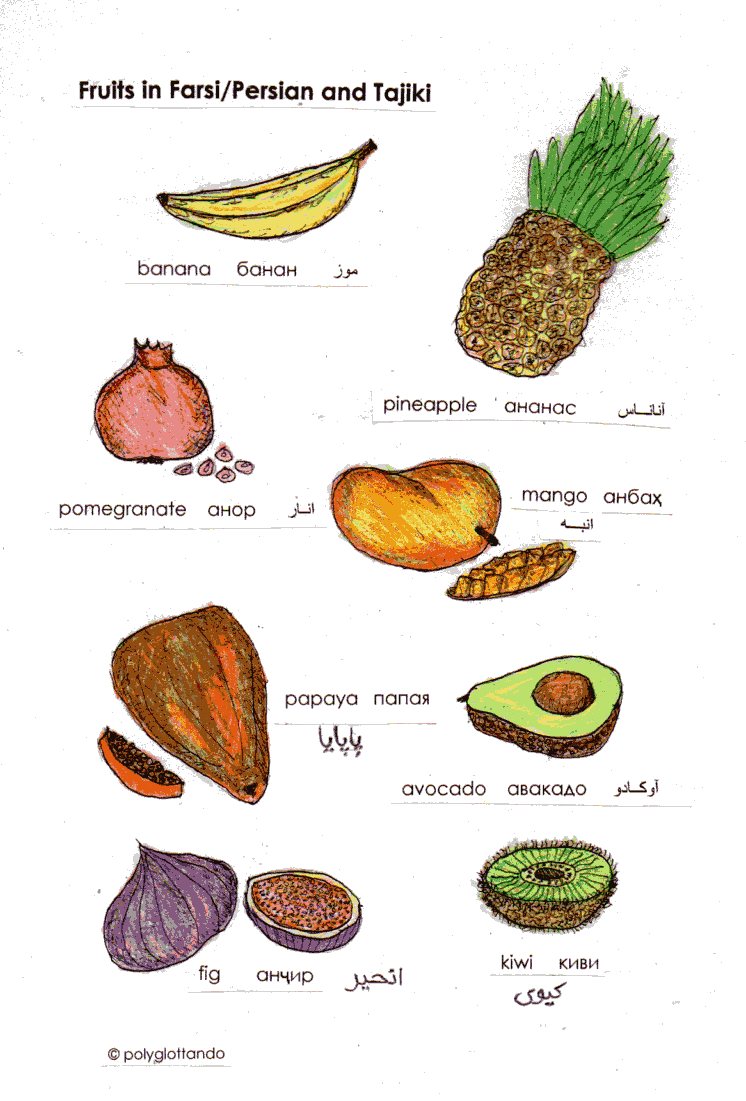
Icelandic: Different words for snow
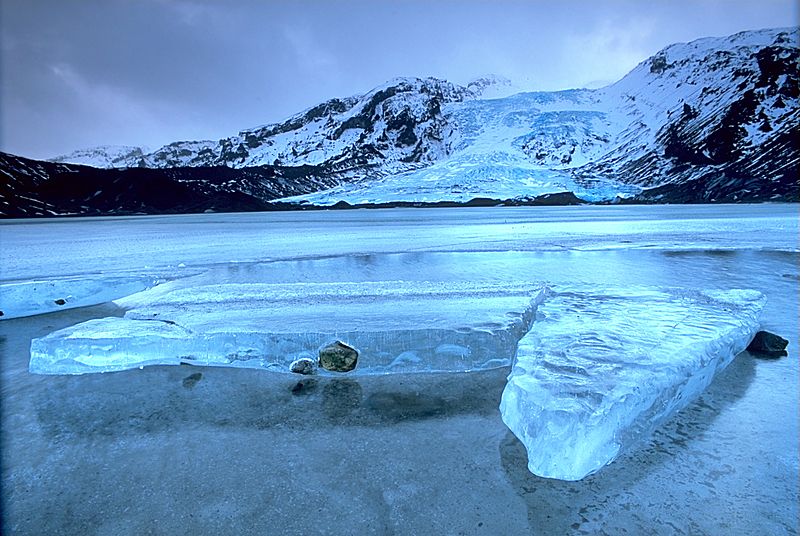
Author: Andreas Tille via Wikipedia Commons Eyjafjallajökull
Since it is now winter in the Northern hemisphere, today’s blogpost will take us to the very North of Europe, namely to Iceland (or Ísland), and I will share some Icelandic words for different types of snow. 🙂
snjór or snær = snow
hjarn = crust of snow, or snow that does not melt in summer
lausamjöll = powder snow
mjöll and ný snævi = new-fallen snow
krap = slush
fönn = drifted heap of snow, snow-wreath, or snow that does not melt in summer
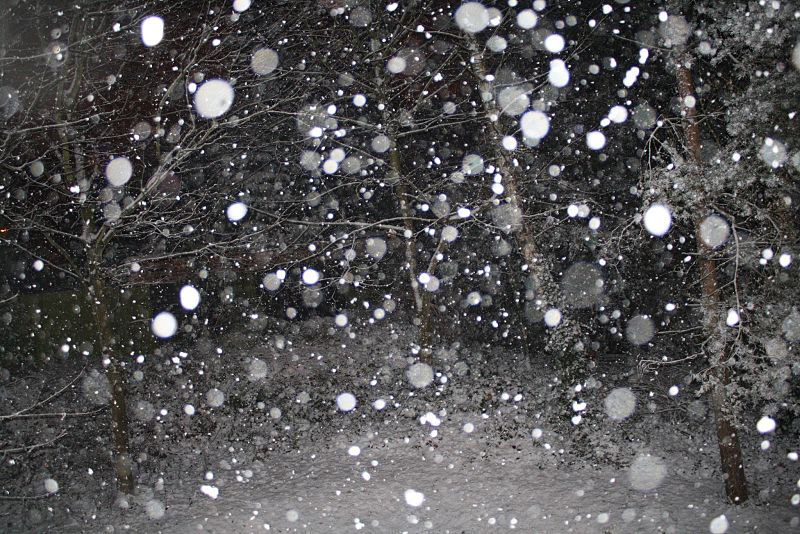
Author: Sb2s3 via Wikipedia Commons
There are also different words for different types of snowfall in Icelandic:
snjókoma or fannkoma = snowfall
snjómugga = a small snowfall
hundslappadrífa = very heavy snowfall with large snowflakes in calm weather
kafald or kóf = thick fall of snow
ofanbylar = snowfall in a wind
skafrenningur = drifting snow
hraglandi = sleet, or cold drizzling shower
bylur or hríð = snowstorm
drífa = snow-drift
él = a sudden fall of snow or hail, or hailstorm
fjúk = drift, drifting snow-storm
How to learn vocabulary without ‘studying’ it

Today’s blog post is about learning methods, more precisely about how to learn vocabulary without ‘learning’ or studying it actively or consciously.
This can be done with audio courses, in particular with bilingual ones, and the method belongs to an intuitive and immersive approach to language learning. So how can you do this?
Basically, what you do in order to learn vocabulary and phrases without studying them consciously is to listen to audio tapes repeatedly, quite literally *for hours* while doing something else (housework, cooking, waiting at the doctor’s or while commuting, etc.) and to repeat these sessions at regular intervals. Spaced repetition is absolutely essential for this approach: in the beginning when starting a new language, it is best to listen to the tapes every 2 or 3 days (or every day, if you are so inclined), and when you become more familiar with the language and start to pick up vocabulary and expressions quite naturally, you can increase the gap between sessions, but once a week or at least once every two weeks is best, in my experience (at least, so it works for me… 🙂 ), to reactivate the vocabulary and phrases you have learned.
Depending on how familiar with your target language you already are, the dialogues you listen to might sound quite like incomprehensible gibberish in the first few sessions, especially when it is a language that is unrelated to any you already know. But don’t worry – this is quite normal! Just keep listening to the tapes, and from about the 4th or 5th session onwards, you will notice that things are starting to fall into place, and that you have subconsciously learned (!) some of the vocabulary and phrases and that you can discern individual words and that is no longer just ‘gibberish’ 🙂 .
While this method or approach to language learning won’t (!) eliminate the need to also study grammar with a textbook to learn how the language ‘works’, this approach is suitable to get a basic intuitive grasp of your target language and to achieve basic fluency (A1 or even A2 according to the European framework for language proficiency, but here it depends very much on the course you are using and how much basic vocabulary and phrases are treated!). A nice side effect is also that this approach will boost your listening comprehension.
This method also works because all the vocabulary and all the phrases are absorbed in context, and in the context where they naturally occur and in which you will need these words. As I have written in a prior blog post, learning vocabulary in isolation almost never leads to good results and it is always best to learn the words as collocations (=words that appear frequently together as a set phrase, e.g. ‘to go by bus’, ‘to read a book’) and as expressions.
What audio tapes or courses are suitable for this method? Well, basically you can use any audio tape you might have, but bilingual tapes are best, since they will tell you the meanings of individual words or phrases and explain basic grammatical structures. If these special bilingual courses or tapes are not available for your target language, e.g. because it is a language that is only rarely studied and there is not much material on the market, you can also use a monolingual tape with dialogs (those that accompany textbooks), but then it is absolutely essential that you make yourself familiar with the content of the individual dialogs before listening to them – you will want to understand what the speakers are on about to be able to subconsciously absorb the vocabulary and phrases through repeated listening! Basically, this approach to language learning is like listening to your favourite songs or music on tapes – after a while you will know the lyrics and could sing along. Just here, you will know the words and expressions that make up dialogs. 🙂
Vocabulary: The colours in the Celtic languages
Today’s blog post is taking us to the British Isles and to the Celtic languages still spoken there. I am going to share the vocabulary for the colours in 4 different Celtic languages, namely the two Goidelic languages Irish Gaeilge and Scottish Gaelic Gàidhlig, and the two Brittonic languages Welsh Cymraeg and Cornish Kernewek, which is spoken in Cornwall.
Focus on culture: Diwali, the Indian festival of lights
Today’s blog post is taking us to South Asia and to the Indian festival of Diwali (or Deepavali दीपावली, the “festival of lights”) which is celebrated at the end of the Hindu lunar month of Ashvin (आश्विन) and the start of the month of Kartika (कार्तिक), which begins with the new moon in November. Diwali is not only celebrated in India, but also in the Indian diaspora all over the world and is a public holiday in India, Nepal, Pakistan, Sri Lanka, Myanmar, Mauritius, Fiji, Trinidad and Tobago, Guyana, Suriname, Singapore, Malaysia and the Australian territory of Christmas Island.
Diwali is derived from the Sanskrit word Dīpāvali (from dīpa दीप, “light” or “lamp” and āvalī आवली, “series, line, row”), referring to a ‘row or series of lights’, because a central aspect of its celebration includes the display of lights around houses and temples and outside doors and windows.
Deepavali dates back to ancient times and has its origins as a festival after the summer harvest in the month of Kartika (कार्तिक) . The festival is mentioned in Sanskrit scriptures, e.g. the Padma Purana पद्म पुराण and the Skanda Purana स्कन्द पुराण dating from around 750 -1000 CE, which are based on a core text from an earlier era.
Diwali is a five-day festival, which begins two days before the night of Diwali – the night of the new moon and therefore the darkest night – and ends two days later, but preparations for Diwali begin days or weeks in advance. In the weeks before Diwali night, people clean and decorate their homes and offices for the festivities, and it is also one of the biggest shopping seasons in the countries where it is celebrated. People buy new clothes for themselves and gifts for family members and friends, as well as special sweets, called mithai मिठाई, dry fruits and seasonal and regional specialties. Deepavali is one of the happiest holidays that brings family and friends together every year and it is also a period when children are told ancient stories, legends, and myths about battles between good and evil or light and darkness from their parents and elders.
Diwali night, the night of the new moon and darkest night of autumn, is lit with diyas दीपक, candles and lanterns. A diya (also called divaa, deepa, deepam, or deepak दीपक) is an oil lamp, usually made from clay, with a cotton wick dipped in ghee घी or vegetable oils.The diyas are mentioned in the Skanda Purana स्कन्द पुराण to symbolically represent parts of the sun, the cosmic giver of light and energy to all life, who seasonally transitions in the month of Kartik.
On Deepavali night, people dress up in new clothes or their best outfit, light up diyas (oil lamps and candles) inside and outside their home and participate in family puja पूजा (prayers), usually to Lakshmi लक्ष्मी, the goddess of wealth and prosperity. Afterwards, fireworks (patakhe) follow, then a family feast including mithai (sweets), and an exchange of gifts between family members and friends. However, there are significant variations in regional practices and rituals.
Another custom during Diwali is to create rangoli and other patterns on floors near doors and walkways as sacred welcoming areas for Hindu deities. Rangoli रंगोली, also known as kolam or muggu, is an Indian folk art in which patterns, often geometric but also representational ones, are created on the floor in rooms or courtyards using natural materials such as colored rice, dry flour, turmeric (haldi हल्दी), vermillion (sindoor सिन्दूर), colored sand, flower petals, charcoal, burnt soil or wood sawdust. Some major symbols are the lotus flower and its leaves, mangoes, fish, different kind of birds like parrots, swans, peacocks, and human figures and foliage. Some special patterns for Diwali also include Ganesha or Lakshmi. Many of these motifs are traditional and are handed down by the previous generations.
Deepavali is an important festival for Hindus. The name of festive days as well as the rituals of Diwali vary significantly among Hindus, based on where they live.
In many parts of India, the festivities start with Dhanteras धनतेरस (in the Northern & Western part of India). This includes the cleaning and decoration of the houses, as well as the creation of rangoli. This day also marks the birthday of Lakshmi – the Goddess of Wealth and Prosperity, and the birthday of Dhanvantari – the God of Health and Healing. On the night of Dhanteras, diyas are ritually kept burning all through the night in honor of these two deities.
The second day of Diwali is Naraka Chaturdashi नर्क चतुर्दशी on which rangoli are created, and in some regions people take a ritual fragrant oil bath, and participate in minor pujas (prayers).
The main festivities of Deepavali are on the third day, with people wearing their best outfits, feasting and fireworks at night. (see above)
It is also the day on which Lakshmi Puja लक्ष्मी पूजा – prayers to the goddess Lakshmi – take place, since Lakshmi is believed to roam the earth on Diwali night. On the evening of Diwali, people open their doors and windows to welcome Lakshmi, and place diya lamps on their windowsills and balcony ledges to invite her in. On this day, also mothers are recognized by the family as they are seen to embody a part of Lakshmi, and of the good fortune and prosperity of the household. Diyas are also set adrift on rivers and streams. The day is also an occasion to recognize relationships and friendships by visiting relatives and friends and through the exchange of gifts and mithai (sweets).
The fourth day of the festivites is known as Diwali Padva or Bali Pratipadā बालि प्रतिपदा and is dedicated to the wife–husband relationship, in which spouses exchange gifts.
The Diwali festivities end with Bhai Dooj भाई दूज (“Brother’s second”), which is dedicated to the sister–brother bond, on the fifth day. The day emphasizes the love and lifelong bond between siblings: women and girls get together to perform a puja (prayers) for the well-being of their brothers, and afterwards they have a sumptuous feast with their brothers.
Deepavali is also linked to the celebration of Lakshmi, the goddess of wealth and prosperity, and wife of the god Vishnu. Deepavali begins on the day Lakshmi was born from the churning of the cosmic ocean of milk by the gods and the demons; the night of Deepavali is the day Lakshmi chose Vishnu as her husband and then married him. Along with Lakshmi, devotees make offerings to Ganesha who symbolizes ethical beginnings and is a fearless remover of obstacles; Saraswati who symbolizes music, literature and learning; and Kubera who symbolizes book keeping, treasury and wealth management.
Vocabulary: The apartment in Bulgarian, Macedonian and Albanian
Survival vocabulary in Bulgarian
Today’s blog post is taking us to South Eastern Europe, namely to Bulgaria and Bulgarian, which happens to be one of my favorite languages 😀 .
Here is some survival vocabulary:
Hello! Здравейте!
Goodbye! Сбогом! or Довиждане!
Thank you! Благодаря!
You are welcome! Моля!
Please Моля!
My name is…/I am… Моето име е….. or: аз съм….
What’s your name? какво е вашето име?
Where is….? Къде е…?
I don’t understand. Аз не разбирам.
Do you speak…? …English/Bulgarian Говорите ли …? ….английски/български
Focus on culture: Zereshk or barberries (Iran)
Today’s blog post is taking us to the Near East, and here in particular to Iran, and focuses on a particularity of the cuisine there, namely the berries called zereshk (زرشک) or barberries, as they are known in English.
Zereshk are the dried fruit of the Berberis shrub (Berberis integerrima ‘Bidaneh’), which is widely cultivated in Iran and can reach a height of up to 4 m. The plant is mildly poisonous except for its berries and seeds. The berries are very sour and have a tart flavor, and taste a bit like cranberries. They are rich in vitamin C and are used both for cooking and jam-making. A traditional dish in Iran is زرشک پلو (zereshk polow) or barberry rice, a dish of rice (pilaf) with spices, e.g. saffron, and zereshk-berries mixed into it. Other zereshk products include juice and zereshk fruit rolls.
Iran is the largest producer of zereshk, and zereshk and saffron are often produced on the same land and the harvest is at the same time. A garden of zereshk-shrubs is called zereshkestan ( زرشکستان) . The South Khorasan province in Iran is the main area of zereshk, and also of saffron, production in the world, especially the area around Birjand and Qaen.
Even though the barberry shrub is native to Central and Southern Europe, barberries are no longer widely known or used in Europe since the Berberis vulgaris (European barberry) is an alternate host species of the wheat rust fungus (Puccinia graminis), a grass-infecting rust fungus that is a serious fungal disease of wheat and related grains. For this reason, cultivation of barberries is prohibited in many places, e.g. in parts of Canada and the Unites States.

